Review of the state of the art in autonomous artificial intelligence
2025-04-29
1
0
506.64KB
8 页
10玖币
侵权投诉
Vol.:(0123456789)
1 3
AI and Ethics
https://doi.org/10.1007/s43681-022-00176-2
ORIGINAL RESEARCH
Review ofthestate oftheart inautonomous artificial intelligence
PetarRadanliev1· DavidDeRoure1
Received: 5 March 2022 / Accepted: 16 May 2022
© The Author(s) 2022
Abstract
This article presents a new design for autonomous artificial intelligence (AI), based on the state-of-the-art algorithms, and
describes a new autonomous AI system called ‘AutoAI’. The methodology is used to assemble the design founded on self-
improved algorithms that use new and emerging sources of data (NEFD). The objective of the article is to conceptualise the
design of a novel AutoAI algorithm. The conceptual approach is used to advance into building new and improved algorithms.
The article integrates and consolidates the findings from existing literature and advances the AutoAI design into (1) using
new and emerging sources of data for teaching and training AI algorithms and (2) enabling AI algorithms to use automated
tools for training new and improved algorithms. This approach is going beyond the state-of-the-art in AI algorithms and
suggests a design that enables autonomous algorithms to self-optimise and self-adapt, and on a higher level, be capable to
self-procreate.
Keywords Artificial intelligence· Autonomous systems· New and emerging forms of data· AI algorithms conceptual
design
1 Introduction
The topic of artificial intelligence (AI) becoming autono-
mous has been discussed since the 1960s. This article
reviews the current state-of-the-art in autonomous AI, with
a specific focus on data preparation, feature engineering and
automatic hyperparameter optimisation. Hence, this article
reviews and synthesises literature and knowledge from the
last decade and beyond. Using synthesised knowledge form
the reviewed studies, the article presents multiple algorithms
and tools in a conceptual design, to provide a new solution
for automating these problems. The conceptual design uses
existing AutoML techniques as the baseline for automating
and assembling AI algorithms, resulting with AutoAI design
superior to current AutoML. To build the AutoAI, modern
AI tools can be used in combination with new and emerging
forms of data (NEFD). The targets of automation are set to
autonomous: data preparation, feature engineering, hyper-
parameter optimisation, and model selection for pipeline
optimisation. The design is addressing the most important
challenge in the future development and application of novel
compact and more efficient AI algorithms—namely, the
self-procreation of AI systems. The design consists of four
Phases, each Phase addressing a number of specific obstacles
(O). The design initiates with constructing training scenarios
in Phase 1 that will teach the AI algorithm to use the OSINT
(Big Data) for automatic ingestion of raw data from new and
emerging forms of miscellaneous data formats. In Phase 2
the iterative method is be used to assemble and integrate
autonomous feature selection and feature extraction—from
web sites, DNS records, and OSINT sources, building upon
the knowledge from autonomous data preparation and the
automated feature engineering. In Phase 3 specific scenarios
based on biological behaviours are designed for automatic
hyperparameter optimisation at scale. In Phase 4 a new auto-
mated model selection is designed for pipeline optimisation.
The design follows guidance from recent literature on fair-
ness and ethics in AI design [1].
2 Methodology
This article integrates the distant fields of mathematical,
computer and engineering sciences. The research has been
designed with an iterative methodology, and lessons learned
* Petar Radanliev
petar.radanliev@eng.ox.ac.uk
1 Department ofEngineering Sciences, University ofOxford,
OxfordOX13QG, England,UK
AI and Ethics
1 3
from each iteration are used in the design and control of the
next iteration cycle—referred to as ‘phases’. To reduce and
overcome the complexity of the iterative methodological
process, and to progress towards a better understanding of
the outcome of each iteration, a variety of complimentary
but different techniques are used. For example, the article
intersects methodologies from engineering and computer
sciences, to resolve future concerns with autonomous pro-
cessing and analysing of real-time data from edge devices.
3 Design forautonomous AI—AutoAI
The design consists of 4 Phases. In Phase 1 automatic prepa-
ration and ingestion of raw OSINT data is synthesised for
the construction of training scenarios for automated feature
engineering, and to teach AI how to categorise and use (ana-
lyse) new and emerging forms of OSINT data. In Phase 2
the domain knowledge is applied to extract features from
raw data. Feature is considered as valid if the attributes or
properties of the feature are useful or if the characteristics
are helpful to the model. For the automation of feature engi-
neering two approaches are considered (1) multi-relational
decision tree learning, which is a supervised algorithm based
on decision tree and (2) Deep Feature Synthesis which is
available as an open-source library named Featuretools.1 In
Phase 3 selection algorithms [2] is used to identify hyper-
parameter values. The normal parameters are typically opti-
mised during training, but hyperparameters are generally
optimised manually and this task is associated with a model
designer. The automation scenario design with start with
building upon the knowledge from biological behaviours.
The particle swarm optimisation and evolutionary algo-
rithms can be used, both of which derive from biological
behaviours. The particle swarm optimisation emerges from
studies on biological communities’ interactions in individual
and social levels and evolutionary algorithms emerge from
studies on biological evolution. Second, the scenario design
can apply Bayesian optimisation, which is the most used
method for hyperparameter optimisation [3].
The combination of these methodological approaches
is considered for automatic hyperparameter optimisation,
but the concern is that edge devices are characterised by a
large number of data points, and new and emerging forms
of data are characterised by large configuration space and
dimensionality. These factors in combination could create
a longer than adequate time requirement for finding the
optimal hyperparameters. Alternative method is a com-
bined algorithm selection and hyperparameter optimisa-
tion. The method selection includes testing for the most
effective approach, starting from Bayesian optimisation,
Bandit Search, Evolutionary Algorithms, Hierarchical Task
Networks, Probabilistic Matrix Factorisation, Reinforce-
ment Learning and Monte Carlo Tree Search. In Phase 4
an automated pipeline optimisation is designed, comparable
to the Tree-based Pipeline Optimization Tool (TPOT) [4]
but for autonomous optimising feature pre-processors for
maximising classification accuracy on a unsupervised clas-
sification task. The above analysis of current AI algorithms
is designed for low cost devices that contain substantively
larger memory than IoT sensors. In other words, this design
could work for a ‘Raspberry Pi’ device, but it won’t work
for a low memory / low computation power sensor. Given
this, the functionality of the proposed AutoAI needs to come
in perspective. The proposed design could be applied in the
metaverse, or in mobile phones, on edge devices with some
memory and power, or in the metaverse. The design cannot
be applied to sensors used to monitor water flow under a
bridge, or the air pollution, or smoke detector sensors in
the forest.
3.1 Phase 1: automated data preparation
O1: develop open access autonomous data preparation
method (for digital healthcare data) from edge devices—
similar to the Oracle autonomous database,2 for autono-
mous ingestion of new and emerging forms of raw data,
e.g., OSINT (big data). The first scientific milestone (M1)
is to build a new autonomous data preparation method that
can serve for training an AutoAI algorithm to: (1) become
self-driving by automating the data provisioning, tuning,
and scaling; (2) become self-securing by automating the
data protection and security; and (3) become self-repairing
by automating failure detection, failover, and repairment.
The new method design includes learning how to identify,
map and ignore patterns of data pollution (e.g., using direct
references to results obtained from OSINT queries) and
become more efficient in autonomously building improved
algorithms. To ensure the success of the autonomous data
preparation method, a new scenario is constructed to teach
the algorithm how adversarial systems pollute the training
data and how to discard such data from the training scenar-
ios. While constructing the scenario, the search for training
data expands in new and emerging forms of data (NEFD),
e.g., open data—Open Data Institute,3 Elgin,4 DataViva5;
1 https:// www. featu retoo ls. com/.
2 https:// www. oracle. com/ auton omous- datab ase/? fbclid= IwAR2
Niqrm jTZ76 hj0gN a1gQU ixCLE WY4g4 tlvSc YK0fv lW6q8 HiXM-
QXeC2A.
3 https:// theodi. org/.
4 https:// www. elgin tech. com/.
5 http:// datav iva. info/ en/.
摘要:
展开>>
收起<<
AIandEthicshttps://doi.org/10.1007/s43681-022-00176-2ORIGINALRESEARCHReviewof the stateof the artin autonomousarti cialintelligencePetar Radanliev1 ·David De Roure1Received:5March2022/Accepted:16May2022©TheAuthor(s)2022AbstractThisarticlepresentsanewdesignforautonomousarti cialintelligence(AI),based...
声明:本站为文档C2C交易模式,即用户上传的文档直接被用户下载,本站只是中间服务平台,本站所有文档下载所得的收益归上传人(含作者)所有。玖贝云文库仅提供信息存储空间,仅对用户上传内容的表现方式做保护处理,对上载内容本身不做任何修改或编辑。若文档所含内容侵犯了您的版权或隐私,请立即通知玖贝云文库,我们立即给予删除!
分类:图书资源
价格:10玖币
属性:8 页
大小:506.64KB
格式:PDF
时间:2025-04-29


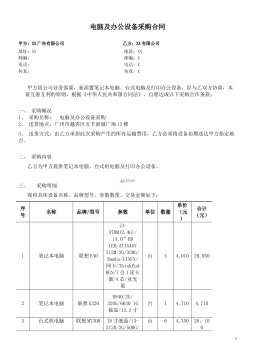
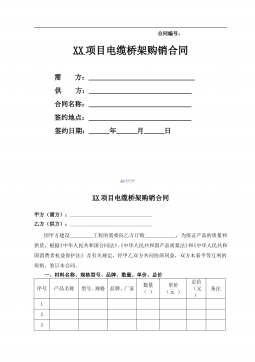
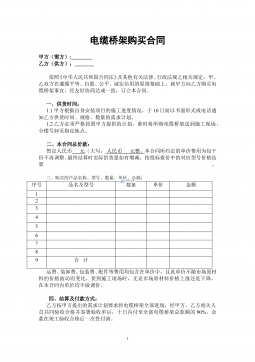
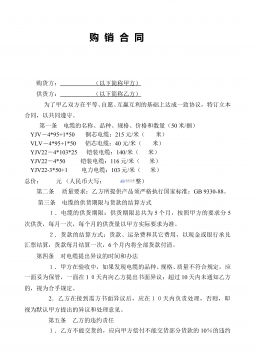

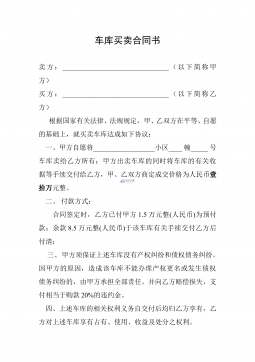
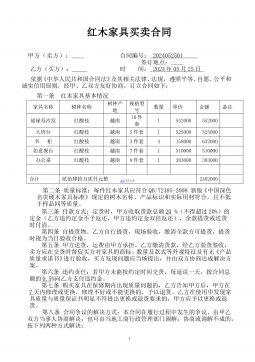
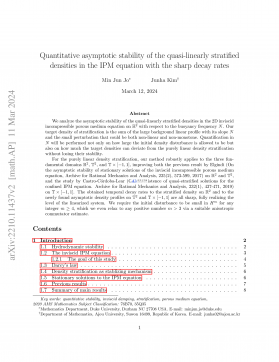
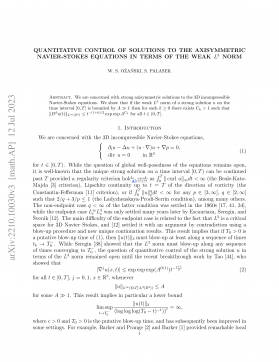
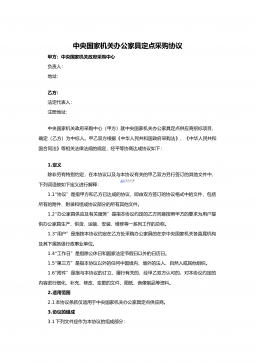
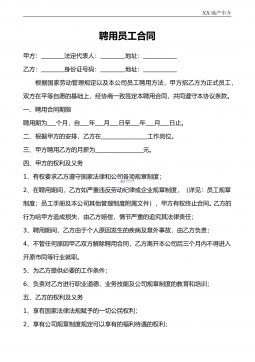
 渝公网安备50010702506394
渝公网安备50010702506394
